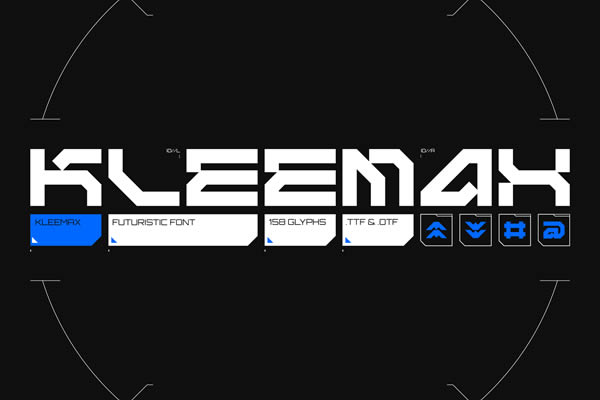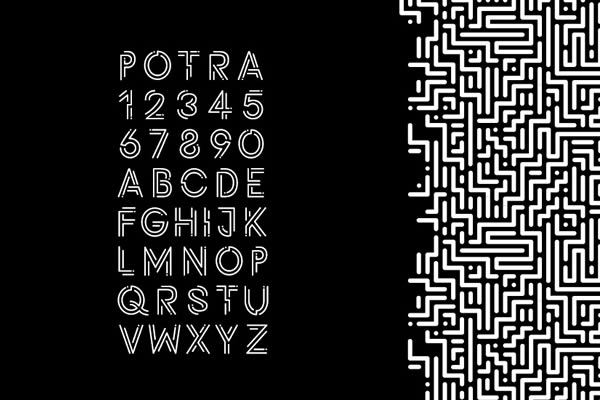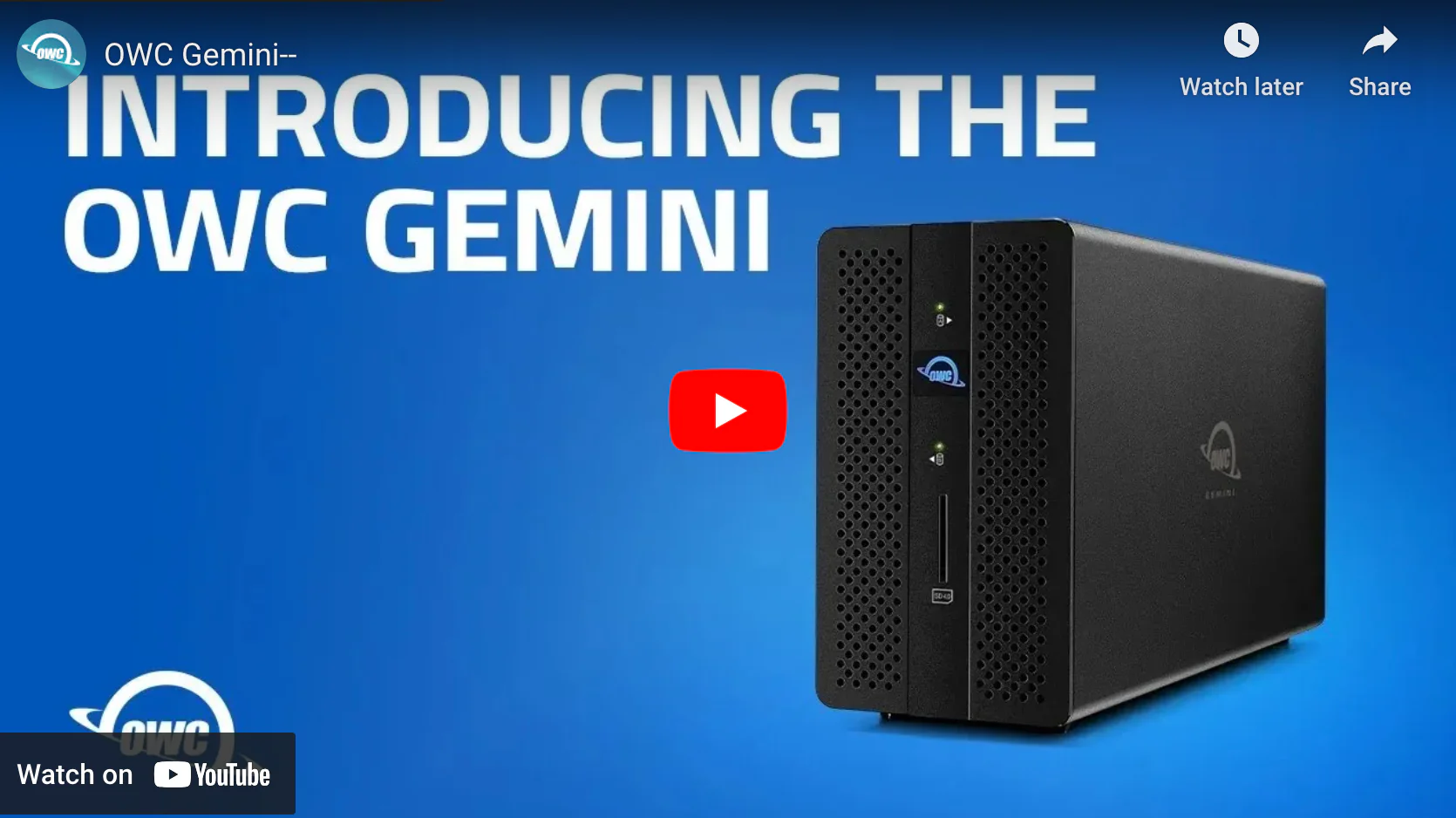“AI Comes Out of the Closet” is a large learning model (LLM)-based online system that leverages artificial intelligence-generated dialog and virtual characters to create complex social interaction simulations. These simulations allow users to experiment with and refine their approach to LGBTQIA+ advocacy in a safe and controlled environment.
The research is both personal and political to lead author D. Pillis, an MIT graduate student in media arts and sciences and research scientist in the Tangible Media group of the MIT Media Lab, as it is rooted in a landscape where LGBTQIA+ people continue to navigate the complexities of identity, acceptance, and visibility. Pillis’s work is driven by the need for advocacy simulations that not only address the current challenges faced by the LGBTQIA+ community, but also offer innovative solutions that leverage the potential of AI to build understanding, empathy, and support. This project is meant to test the belief that technology, when thoughtfully applied, can be a force for societal good, bridging gaps between diverse experiences and fostering a more inclusive world.
Pillis highlights the significant, yet often overlooked, connection between the LGBTQIA+ community and the development of AI and computing. He says, “AI has always been queer. Computing has always been queer,” drawing attention to the contributions of queer individuals in this field, beginning with the story of Alan Turing, a founding figure in computer science and AI, who faced legal punishment — chemical castration — for his homosexuality. Contrasting Turing’s experience with the present, Pillis notes the acceptance of OpenAI CEO Sam Altman’s openness about his queer identity, illustrating a broader shift toward inclusivity. This evolution from Turing to Altman highlights the influence of LGBTQIA+ individuals in shaping the field of AI.
“There’s something about queer culture that celebrates the artificial through kitsch, camp, and performance,” states Pillis. AI itself embodies the constructed, the performative — qualities deeply resonant with queer experience and expression. Through this lens, he argues for a recognition of the queerness at the heart of AI, not just in its history but in its very essence.
Pillis found a collaborator with Pat Pataranutaporn, a graduate student in the Media Lab’s Fluid Interfaces group. As is often the case at the Media Lab, their partnership began amid the lab’s culture of interdisciplinary exploration, where Pataranutaporn’s work on AI characters met Pillis’s focus on 3D human simulation.
Taking on the challenge of interpreting text to gesture-based relationships was a significant technological hurdle. In Pataranutaporn’s research, he emphasizes creating conditions where people can thrive, not just fix issues, aiming to understand how AI can contribute to human flourishing across dimensions of “wisdom, wonder, and well-being.” In this project, Pataranutaporn focused on generating the dialogues that drove the virtual interactions. “It’s not just about making people more effective, or more efficient, or more productive. It’s about how you can support multi-dimensional aspects of human growth and development.”
Pattie Maes, the Germeshausen Professor of Media Arts and Sciences at the MIT Media Lab and advisor to this project, states, “AI offers tremendous new opportunities for supporting human learning, empowerment, and self development. I am proud and excited that this work pushes for AI technologies that benefit and enable people and humanity, rather than aiming for AGI [artificial general intelligence].”
Addressing urgent workplace concerns
The urgency of this project is underscored by findings that nearly 46 percent of LGBTQIA+ workers have experienced some form of unfair treatment at work — from being overlooked for employment opportunities to experiencing harassment. Approximately 46 percent of LGBTQIA+ individuals feel compelled to conceal their identity at work due to concerns about stereotyping, potentially making colleagues uncomfortable, or jeopardizing professional relationships.
The tech industry, in particular, presents a challenging landscape for LGBTQIA+ individuals. Data indicate that 33 percent of gay engineers perceive their sexual orientation as a barrier to career advancement. And over half of LGBTQIA+ workers report encountering homophobic jokes in the workplace, highlighting the need for cultural and behavioral change.
“AI Comes Out of the Closet” is designed as an online study to assess the simulator’s impact on fostering empathy, understanding, and advocacy skills toward LGBTQIA+ issues. Participants were introduced to an AI-generated environment, simulating real-world scenarios that LGBTQIA+ individuals might face, particularly focusing on the dynamics of coming out in the workplace.
Engaging with the simulation
Participants were randomly assigned to one of two interaction modes with the virtual characters: “First Person” or “Third Person.” The First Person mode placed participants in the shoes of a character navigating the coming-out process, creating a personal engagement with the simulation. The Third Person mode allowed participants to assume the role of an observer or director, influencing the storyline from an external vantage point, similar to the interactive audience in Forum Theater. This approach was designed to explore the impacts of immersive versus observational experiences.
Participants were guided through a series of simulated interactions, where virtual characters, powered by advanced AI and LLMs, presented realistic and dynamic responses to the participants’ inputs. The scenarios included key moments and decisions, portraying the emotional and social complexities of coming out.
The study’s scripted scenarios provided a structure for the AI’s interactions with participants. For example, in a scenario, a virtual character might disclose their LGBTQIA+ identity to a co-worker (represented by the participant), who then navigates the conversation with multiple choice responses. These choices are designed to portray a range of reactions, from supportive to neutral or even dismissive, allowing the study to capture a spectrum of participant attitudes and responses.
Following the simulation, participants were asked a series of questions aimed at gauging their levels of empathy, sympathy, and comfort with LGBTQIA+ advocacy. These questions aimed to reflect and predict how the simulation could change participants’ future behavior and thoughts in real situations.
The results
The study found an interesting difference in how the simulation affected empathy levels based on Third Person or First Person mode. In the Third Person mode, where participants watched and guided the action from outside, the study shows that participants felt more empathy and understanding toward LGBTQIA+ people in “coming out” situations. This suggests that watching and controlling the scenario helped them better relate to the experiences of LGBTQIA+ individuals.
However, the First Person mode, where participants acted as a character in the simulation, didn’t significantly change their empathy or ability to support others. This difference shows that the perspective we take might influence our reactions to simulated social situations, and being an observer might be better for increasing empathy.
While the increase in empathy and sympathy within the Third Person group was statistically significant, the study also uncovered areas that require further investigation. The impact of the simulation on participants’ comfort and confidence in LGBTQIA+ advocacy situations, for instance, presented mixed results, indicating a need for deeper examination.
Also, the research acknowledges limitations inherent in its methodology, including reliance on self-reported data and the controlled nature of the simulation scenarios. These factors, while necessary for the study’s initial exploration, suggest areas of future research to validate and expand upon the findings. The exploration of additional scenarios, diverse participant demographics, and longitudinal studies to assess the lasting impact of the simulation could be undertaken in future work.
“The most compelling surprise was how many people were both accepting and dismissive of LGBTQIA+ interactions at work,” says Pillis. This attitude highlights a wider trend where people might accept LGBTQIA+ individuals but still not fully recognize the importance of their experiences.
Potential real-world applications
Pillis envisions multiple opportunities for simulations like the one built for his research.
In human resources and corporate training, the simulator could serve as a tool for fostering inclusive workplaces. By enabling employees to explore and understand the nuances of LGBTQIA+ experiences and advocacy, companies could cultivate more empathetic and supportive work environments, enhancing team cohesion and employee satisfaction.
For educators, the tool could offer a new approach to teaching empathy and social justice, integrating it into curricula to prepare students for the diverse world they live in. For parents, especially those of LGBTQIA+ children, the simulator could provide important insights and strategies for supporting their children through their coming-out processes and beyond.
Health care professionals could also benefit from training with the simulator, gaining a deeper understanding of LGBTQIA+ patient experiences to improve care and relationships. Mental health services, in particular, could use the tool to train therapists and counselors in providing more effective support for LGBTQIA+ clients.
In addition to Maes, Pillis and Pataranutaporn were joined by Misha Sra of the University of California at Santa Barbara on the study.




























